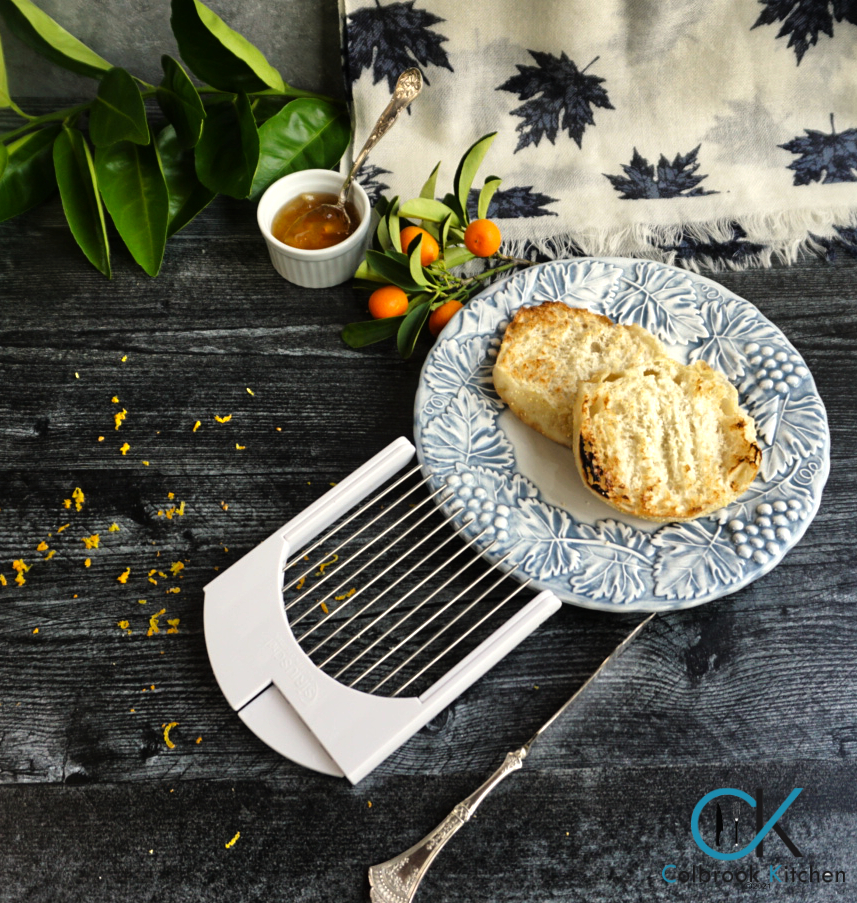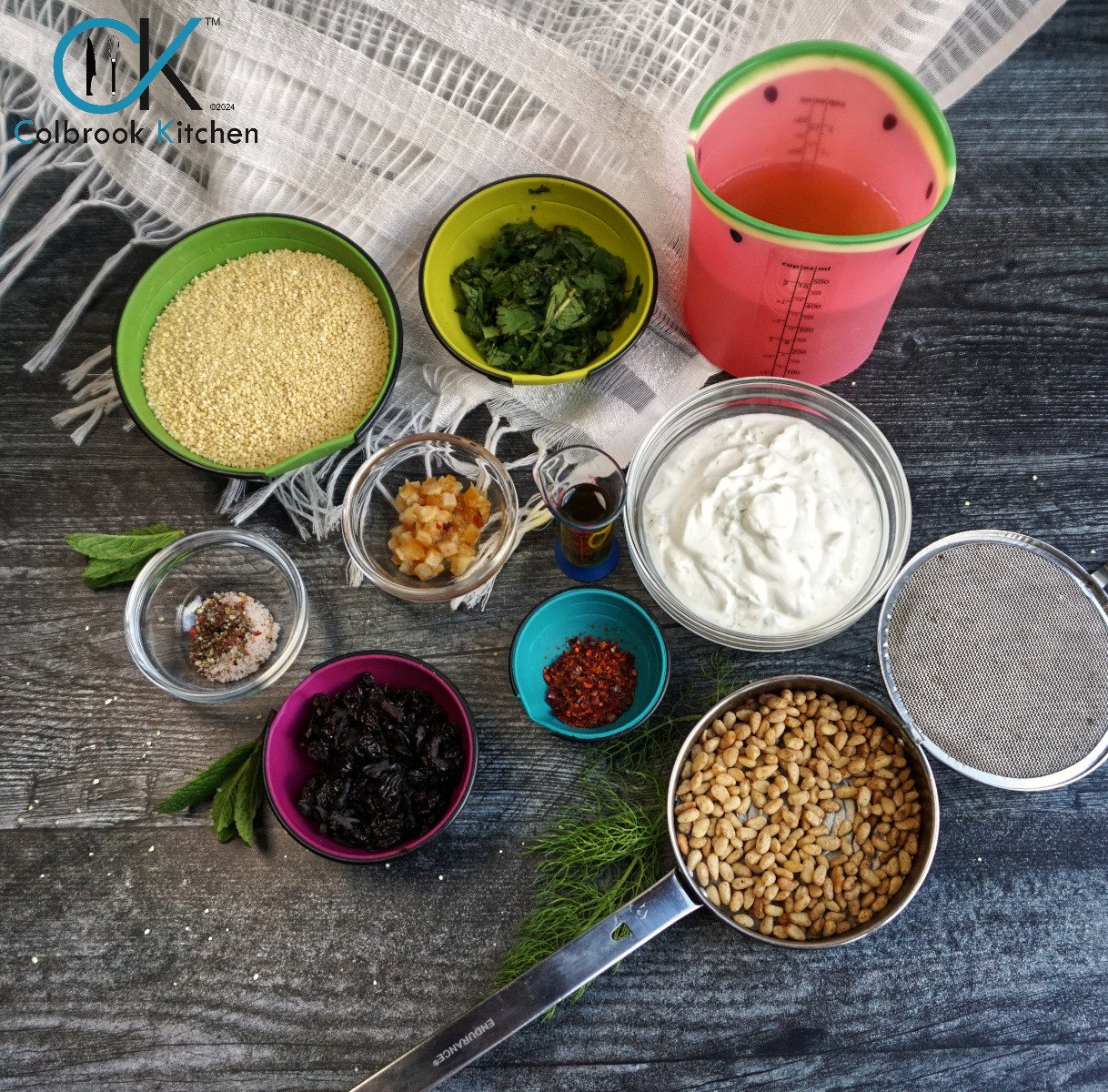Cool Tip: Tips for Buying and Cooking Shrimp
- Jun 24, 2015
By Mark Bittman
Buying Shrimp
It's preferable to buy shrimp frozen - most are sold in five-pound blocks - as fresh is rare and thawed shrimp gives neither the flavor of fresh nor the flexibility of frozen. The shelf life of thawed shrimp is only a couple of days, whereas shrimp stored in the freezer retain their quality for several weeks.
Avoid peeled and deveined shrimp; cleaning before freezing may cause a loss of flavor and texture.
Avoid brown shrimp, especially large ones, if your palate is sensitive to iodine as they are the most likely to taste of this naturally occurring mineral.
Size: Few rules govern the sale of shrimp and size classifications are subjective and relative. Learn to judge shrimp as retailers do - by the number of shrimp it takes to make a pound. Shrimp of from 15 or 20-30 per pound usually give the best combination of flavor, ease, and value.
Shrimp should have no black spots or melanosis on their shell, which indicates breakdown of the meat has begun. Likewise, avoid shrimp with yellowing shells or those that feel gritty as either may indicate the use of sodium bisulfite, a bleaching agent sometimes used to remove melanosis.
Shrimp should smell of saltwater only and, when thawed, should be firm and fill the shell fully.
Cooking Shrimp
Defrost shrimp in the refrigerator or in cold water. Do not defrost in a warm place or microwave - moisture, nutrients, and weight will be lost.
Partial defrosting to cut a block in half for freezing for later use is, while not ideal, still preferable to buying thawed shrimp.
Cook a couple shrimp as soon as purchased to check for flavor, texture and presence of an iodine taste. Then store the remaining block in the freezer or return to the store if the test shrimp are mushy or taste of iodine.
Brining: Improves flavor and texture of most shrimp. Stir 1 cup salt and 1/2 cup sugar into 2 cups boiling water until dissolved; pour into large bowl filled with ice and water, and add up to 2 pounds shrimp. Let sit in the brine, refrigerated (or add ice occasionally) for 2 hours or so. Rinse the shrimp well.
Shrimp cook in as little as 3 minutes; when they're pink, they're done.
Peeling: Remove the shell before cooking if the shrimp will be served in hot liquid. Leave the shell on if poaching shrimp for later use, or if grilling as the shell protects the meat. The shell has good flavor which will be imparted to the shrimp if left on during cooking.
Deveining: Mark says he never bothers to devein shrimp unless butterflying it, in which case it's unavoidable. But there's no harm in deveining if you prefer to do so.
It's preferable to buy shrimp frozen - most are sold in five-pound blocks - as fresh is rare and thawed shrimp gives neither the flavor of fresh nor the flexibility of frozen. The shelf life of thawed shrimp is only a couple of days, whereas shrimp stored in the freezer retain their quality for several weeks.
Avoid peeled and deveined shrimp; cleaning before freezing may cause a loss of flavor and texture.
Avoid brown shrimp, especially large ones, if your palate is sensitive to iodine as they are the most likely to taste of this naturally occurring mineral.
Size: Few rules govern the sale of shrimp and size classifications are subjective and relative. Learn to judge shrimp as retailers do - by the number of shrimp it takes to make a pound. Shrimp of from 15 or 20-30 per pound usually give the best combination of flavor, ease, and value.
Shrimp should have no black spots or melanosis on their shell, which indicates breakdown of the meat has begun. Likewise, avoid shrimp with yellowing shells or those that feel gritty as either may indicate the use of sodium bisulfite, a bleaching agent sometimes used to remove melanosis.
Shrimp should smell of saltwater only and, when thawed, should be firm and fill the shell fully.
Cooking Shrimp
Defrost shrimp in the refrigerator or in cold water. Do not defrost in a warm place or microwave - moisture, nutrients, and weight will be lost.
Partial defrosting to cut a block in half for freezing for later use is, while not ideal, still preferable to buying thawed shrimp.
Cook a couple shrimp as soon as purchased to check for flavor, texture and presence of an iodine taste. Then store the remaining block in the freezer or return to the store if the test shrimp are mushy or taste of iodine.
Brining: Improves flavor and texture of most shrimp. Stir 1 cup salt and 1/2 cup sugar into 2 cups boiling water until dissolved; pour into large bowl filled with ice and water, and add up to 2 pounds shrimp. Let sit in the brine, refrigerated (or add ice occasionally) for 2 hours or so. Rinse the shrimp well.
Shrimp cook in as little as 3 minutes; when they're pink, they're done.
Peeling: Remove the shell before cooking if the shrimp will be served in hot liquid. Leave the shell on if poaching shrimp for later use, or if grilling as the shell protects the meat. The shell has good flavor which will be imparted to the shrimp if left on during cooking.
Deveining: Mark says he never bothers to devein shrimp unless butterflying it, in which case it's unavoidable. But there's no harm in deveining if you prefer to do so.
Adapted by The Splendid Table from Fish: The Complete Guide to Buying and Cooking by Mark Bittman, Houghton Mifflin Harcourt, 1999.





